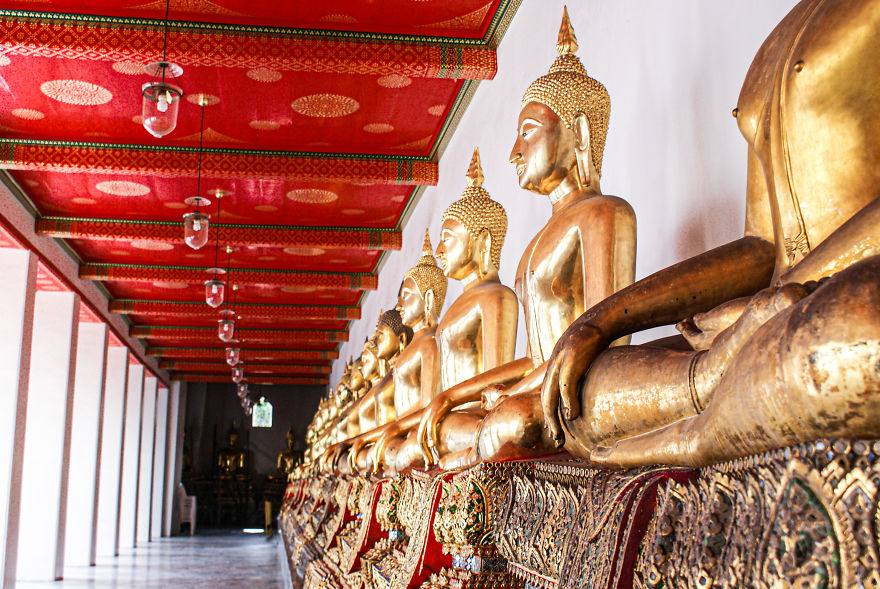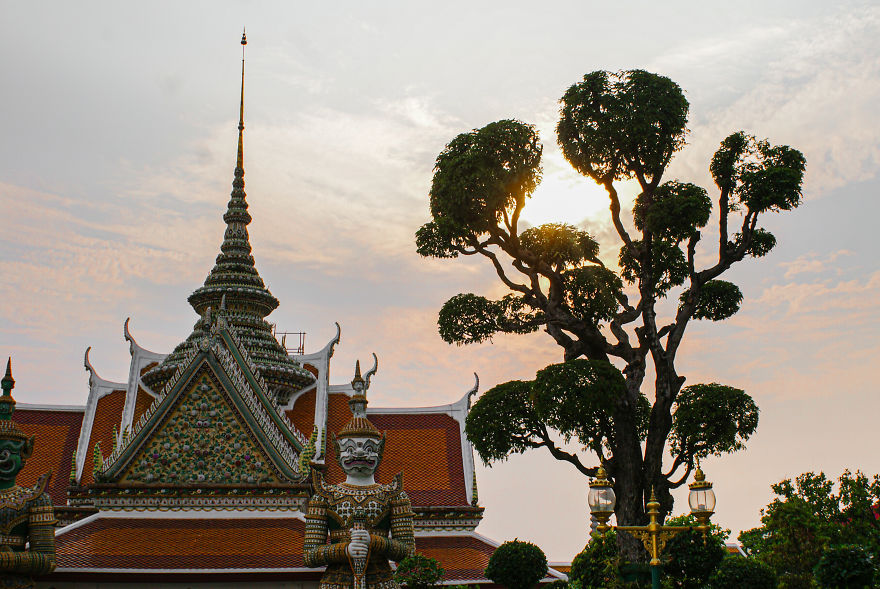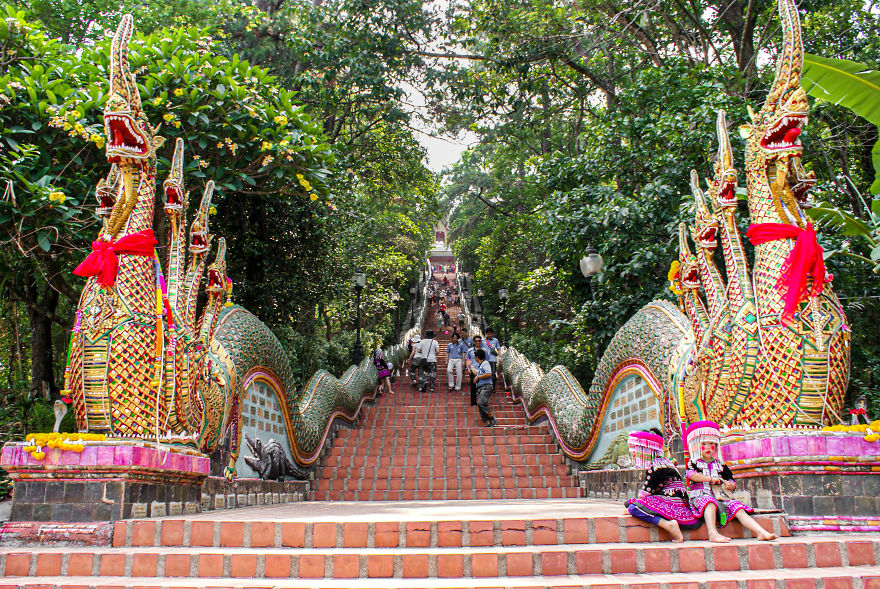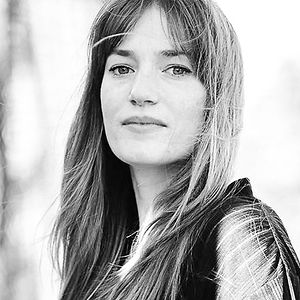
These Photographs Show The Beauty And The Drama Of Tourism In Thailand
In Thailand, cultural and responsible tourism is struggling to find its place among resounding mass tourism. This mass tourism uses culture as an economic means where all forms of entertainment are permitted. This phenomenon is called “Disneyfication of tourism”.
These two tourists, which at first glance seem to be in opposition, have difficulty in balancing their interests in Thailand. The country attracts mass tourism that is geographically concentrated. The tourist overpopulation can be seen in the south of the country where travelers are looking for the beach and in the north, which is in demand for its nature and animals. As for Bangkok, it remains a transit city between two destinations. However, there is cultural tourism in Thailand: temples, architecture and regional parks. The country has an extremely rich natural and cultural heritage and a variety of tourist resources. But the demand comes mainly from so-called domestic tourism, i.e. Thai people. All you have to do is visit Khao Yai National Park to see it.
The difficulty of balancing these two tourist consumptions occurs on several scales. Mass tourism seeks tailor-made tourist activities, sometimes leading to vice by offering animal or sex tourism. Thailand gives the idea of an impossible made possible where the question of morality arises. While many initiatives are being taken to limit the exploitation of animals for tourism, the ravages of coastal tourism overpopulation and prostitution are problematic issues. For years, Thai authorities have been overwhelmed by tourist arrivals, forcing them to take drastic measures such as closing access to some islands to repopulate endangered biodiversity. But this vicious circle of debauchery and tourist consumption is established both in the minds of Thai people and especially in the collective imagination. In this context, it is difficult for Thailand to get rid of its tourist image.
Mass tourism, however, is not opposed to cultural tourism, they are even combined by many travelers wishing to mix pleasure with culture. Unfortunately, it is in this context that culture is turned in such a way that it is consumed by the greatest number of people. The animals are staged and used for tourism purposes. Cultural aspects are used to claim authenticity. Sexuality is used as a weapon of mass seduction. All this in a country that is economically dependent on tourism. Children are then disguised so that tourists can take pictures of them at the entrance of a temple, the giraffe women of Chiang Mai are scattered in a village to sell their fabrics giving the impression of real life. In reality, these women, men and children are staged in a setting shaped by the tourism industry. Everything is done to ensure that the most resistant travellers succumb to the temptation of the vices put in place.
The phenomenon of Disneyfication is obviously not unique to Thailand. Used all over the world, cultural singularity is a bait for many territories in a world where tourism is perceived as a saving economy. Also, while it is true that this Disneyfication of cultures has enabled many communities to recover practices lost over the centuries, Thailand still has difficulty in promoting health tourism.
This series of photographs compare Thailand’s cultural heritage with the staging of cultures in response to mass tourism. However, it does not allow us to visualize the “mass”, it suggests it.
More info: hanslucas.com
This man washes his elephant in a lake. Here we are in a camp dedicated exclusively to tourism.
This young woman dances in a Krabi club for predominantly male and Western clients of all ages.
Thailand has a preserved and rich cultural and religious heritage.
On the coasts of southern Thailand, the beaches are popular with international mass tourism. Boats are lined up along the beaches to sell drinks and food. It is more common to find burgers than Thai food.
The temples of Thailand are also visited by international tourists. Because mass tourism is not systematically opposed to cultural tourism.
Elephant camps reserved for tourism are part of Thailand’s controversies. Unfortunately, the economy and politics sometimes have difficulty finding their balance.
A young monk plays near a river lost in the jungle in the north of Thailand.
These little girls are “disguised” in traditional clothes and wait for hours on the steps of a temple for tourists to take pictures of them.
Thailand is a cultural marvel whose architectural details leave their mark on people’s minds.
Near Chiang Mai, a few villages of giraffe women are being shaped to meet tourist demand, claiming the authenticity of daily life. These women are then there to sell weavings and be photographed by travelers.
1Kviews
Share on FacebookOh god I have a picture of those girls. I didnt know that. I feel really bad now about that pic :((( poor girls
Oh god I have a picture of those girls. I didnt know that. I feel really bad now about that pic :((( poor girls

 Dark Mode
Dark Mode 

 No fees, cancel anytime
No fees, cancel anytime 














































20
2